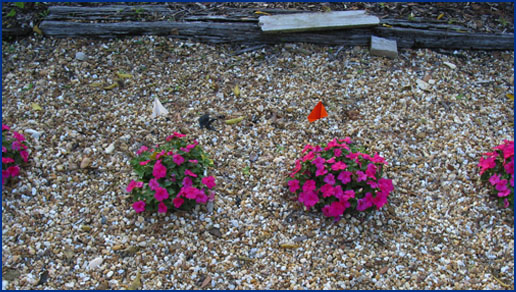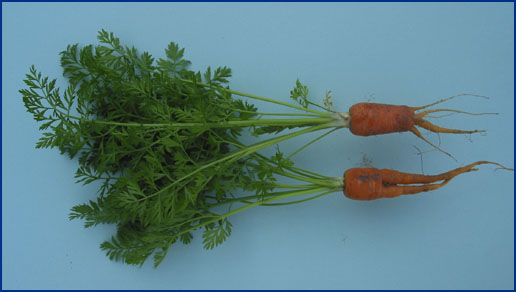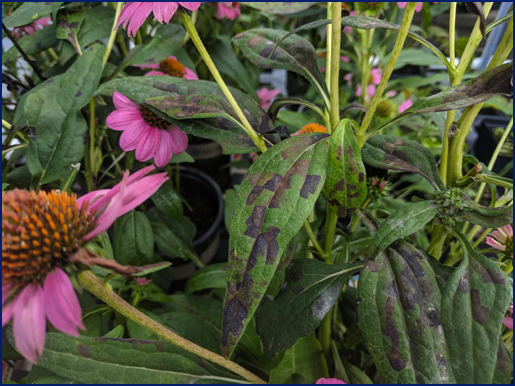Nematode sampling in annual bedding plants and vegetable gardens

Before planting: Collect soil from 8 to 12 locations in a planting bed. Samples should be taken about 6 to 8 inches deep. If the soil is dry, dig down to where there is some soil moisture to collect the samples and do not include the dry soil. A small handful of soil from each location is adequate. Combine all the soil into a single plastic bag. The total volume of soil from the samples should be about 1 pint. Samples may be taken with a shovel, trowel, or other device. If you use a shovel, you can put part of the soil from 8 to 12 shovels full into a bucket. Thoroughly mix the soil in the bucket, and then take out a pint to submit for analysis.

After planting: Often a nematode assay is needed to determine if nematodes are causing a plant to get sick. This type of sample requires both soil and roots! Dig soil and roots from underneath the canopy of the symptomatic plants. Sample depth depends on the size of the plant. For most bedding plants, 6 inches deep is adequate. Do not include the top 1 inch of soil. If multiple plants are affected, collect some soil and roots from several plants. Place the soil and roots together in the same plastic bag. A minimum of 1 pint of soil and 1 to 2 cups of roots are required. For small bedding plants, entire plants with the soil from around their roots can be submitted.


